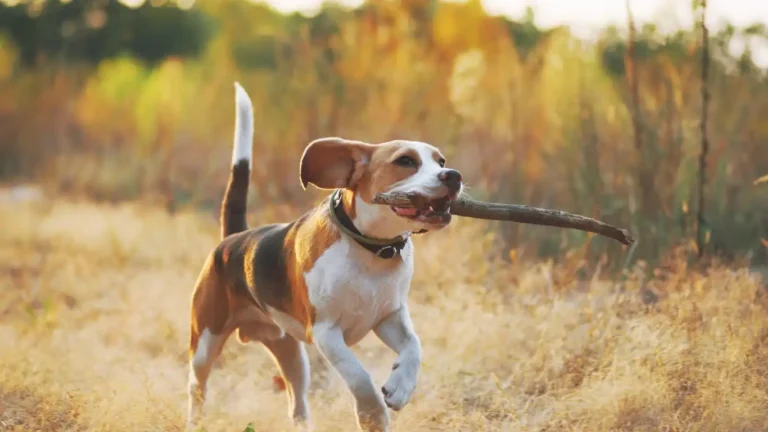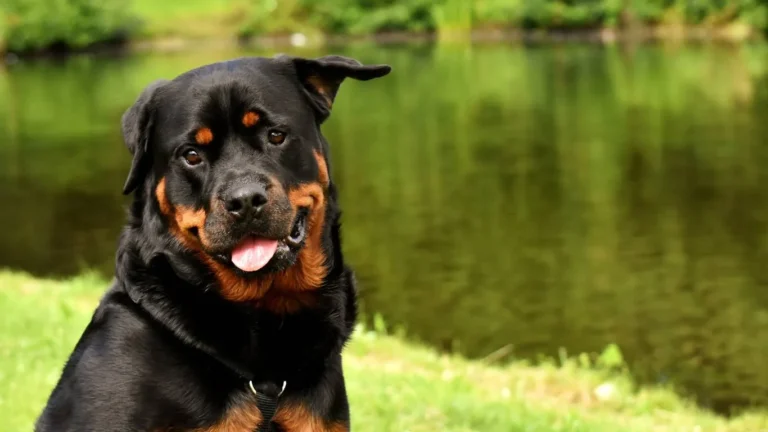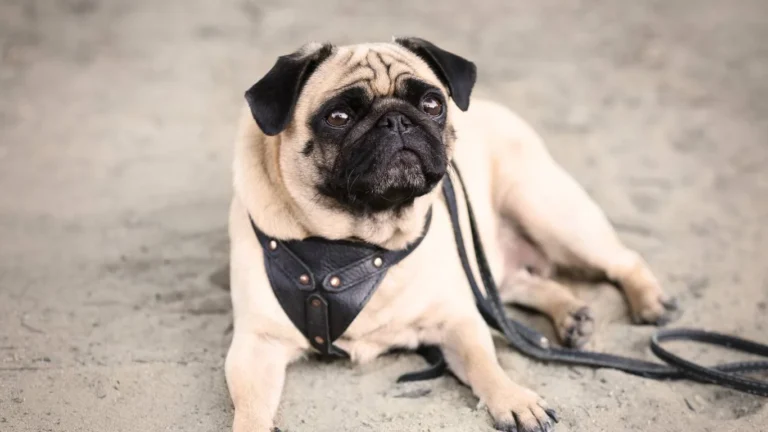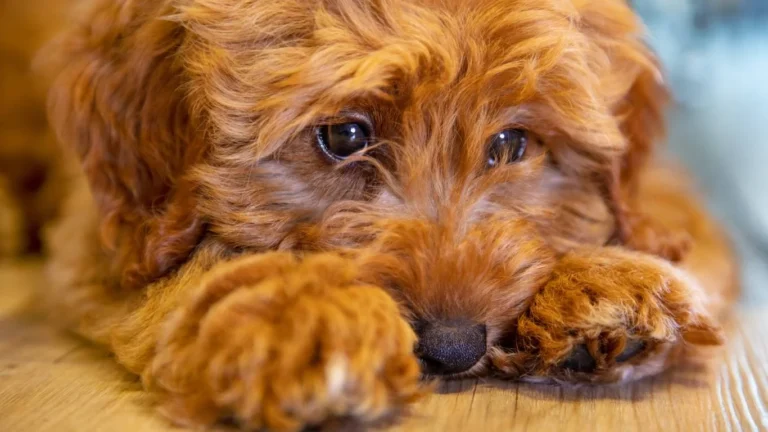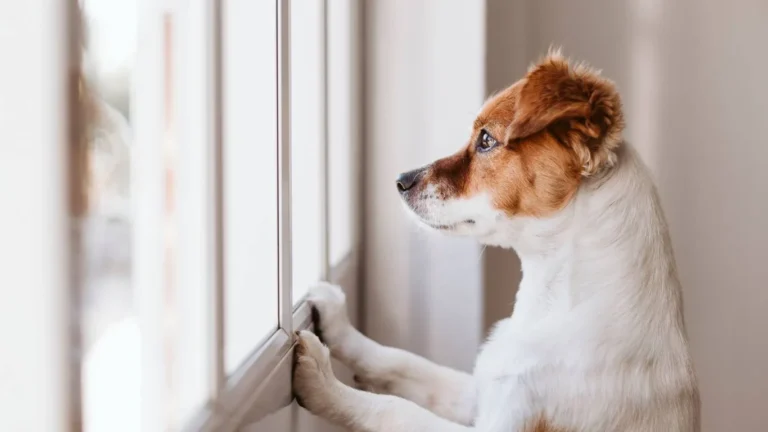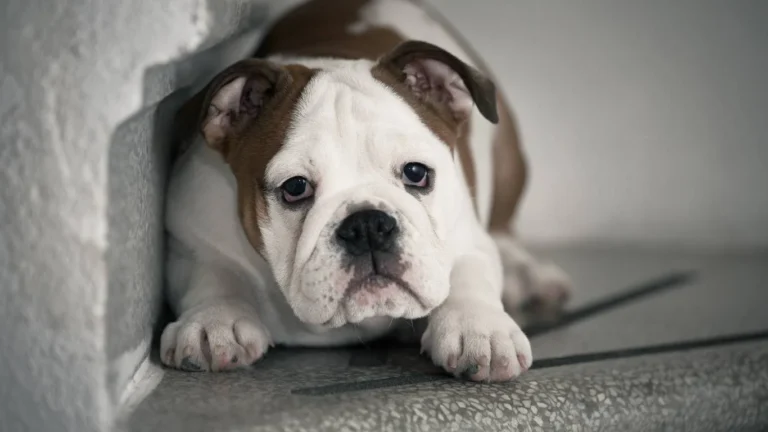What to Do if Your Dog Refuses Water: Smart Tips That Actually Work
As a veterinary assistant with a special focus on nutrition, I’ve seen plenty of dogs who refuse to drink water. Whether it’s a temporary issue or a more persistent problem, it can be concerning when your dog suddenly doesn’t seem interested in drinking. Keeping your dog hydrated is crucial for their health and well-being. So, what to do if your dog refuses water? Let me walk you through some of the reasons why this might happen and, most importantly, how you can encourage them to hydrate again.
Why Is Water So Important for Dogs?
Before we dive into the solutions, let’s take a quick look at why water is so essential for your dog’s health. Just like humans, dogs need water to stay hydrated, maintain their body temperature, and carry out essential bodily functions. Dehydration can lead to serious health issues, including kidney damage, digestive problems, and even death in severe cases. So, ensuring your dog drinks enough water daily is non-negotiable.
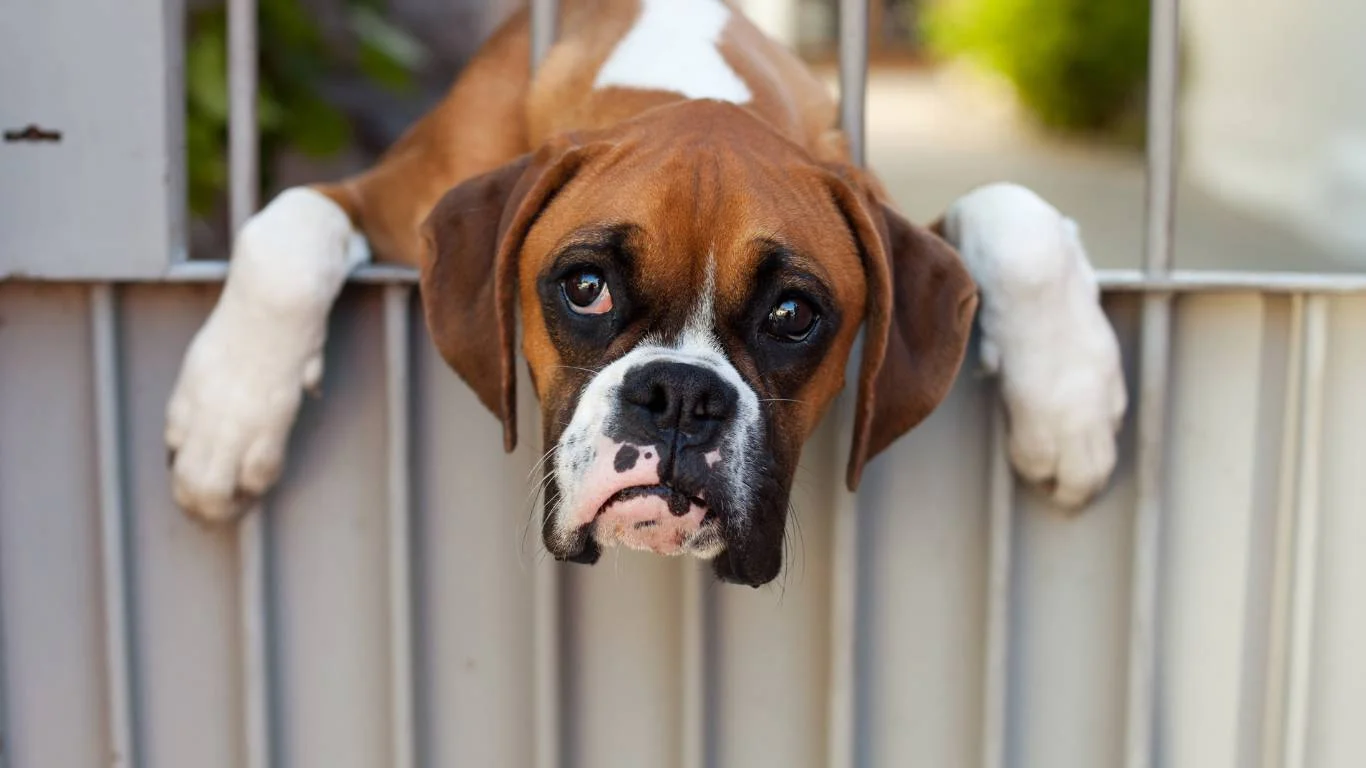
Common Causes for Your Dog Refusing Water
If your dog is refusing water, it can be a sign of something minor, or it could indicate a more serious underlying issue. Let’s explore some of the most common reasons why your dog might not be drinking enough:
- Health Issues – Illnesses such as kidney disease, infections, or gastrointestinal problems can affect your dog’s thirst. If your dog has been lethargic, vomiting, or showing other signs of distress, it’s important to consult a vet.
- Dental Pain – If your dog has dental problems like gum disease or tooth decay, drinking water might be painful for them. It’s easy to overlook this, but it’s one of the most common reasons dogs avoid drinking.
- Change in Environment – Dogs are creatures of habit. A sudden move, a change in their environment, or even a new water bowl can be enough to make them hesitate. Some dogs are just sensitive to change!
- Stress or Anxiety – Stress and anxiety can make dogs lose their appetite for water. Perhaps your dog is nervous due to a new routine, unfamiliar visitors, or loud noises in the area. It’s more common than you might think!
- Water Temperature – Believe it or not, your dog might have preferences for water temperature. Some dogs prefer their water to be cool and fresh, while others might shy away from water that’s too cold or too warm.
What to Do If Your Dog Refuses Water
If your dog is refusing to drink, you need to act quickly. Dehydration can happen fast, especially in warm weather or after exercise. Here are some practical steps you can take to get your dog back on track:
1. Check for Health Problems
First and foremost, make sure there are no underlying health issues. If your dog’s refusal to drink water has been going on for more than a day or two, it’s time to call the vet. Your veterinarian can help rule out conditions like kidney disease, infections, or dental issues, which are common causes of thirst issues.
2. Offer Fresh, Clean Water Regularly
Sometimes, the simplest solution is the best one! Make sure your dog always has access to fresh, clean water. Try cleaning their water bowl and refilling it several times a day. If you’ve been using the same water for hours, it might have picked up dust, bacteria, or even a stale taste that’s unappealing to your pup.
3. Try a Different Bowl or Water Fountain
If your dog refuses water from a certain bowl, try offering it in a different type of container. Some dogs are picky about the kind of bowl they drink from. A plastic bowl, for example, might impart an unpleasant taste. You could try a ceramic or stainless steel bowl instead. Another option is a water fountain, which might encourage your dog to drink more, especially if they enjoy running water.
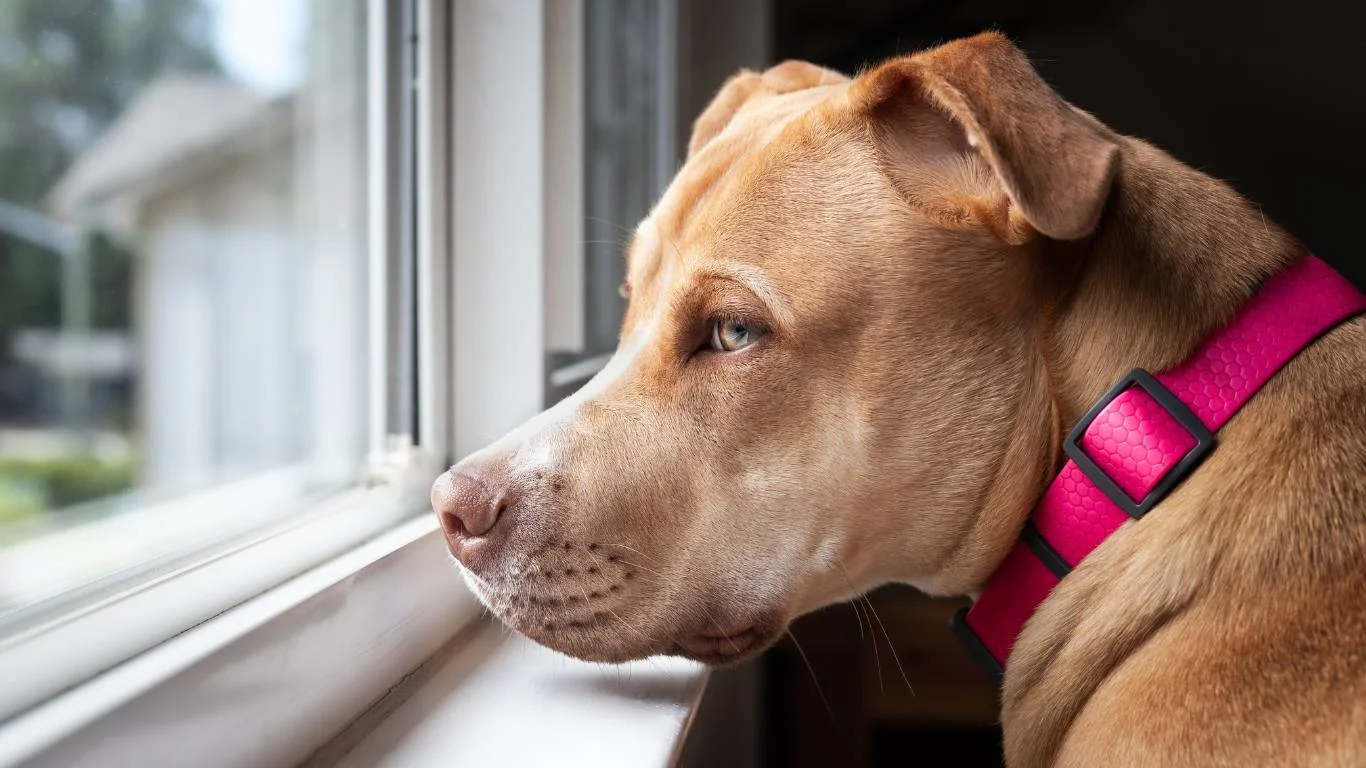
4. Add Flavor to the Water
If your dog is being particularly stubborn, you could try adding some flavor to the water. Adding a bit of low-sodium chicken broth or a splash of tuna juice can make the water more appealing to your dog. Just be sure to use these flavorings sparingly, as too much salt or certain ingredients might not be suitable for your dog’s health.
5. Offer Wet Food
If your dog’s refusal to drink water is persistent, consider offering them wet food. Wet food contains more moisture, which can help keep them hydrated. If you usually feed your dog dry kibble, you might want to make the switch temporarily to wet food to help them stay hydrated.
6. Keep Them Cool
If the weather is hot, or if your dog has been exercising a lot, it’s important to ensure they’re cool and comfortable. Heat can make dogs less likely to drink water, so make sure they have a shaded, cool area to rest. You can also offer cool water, but avoid making it ice-cold, as some dogs might prefer it at a more moderate temperature.
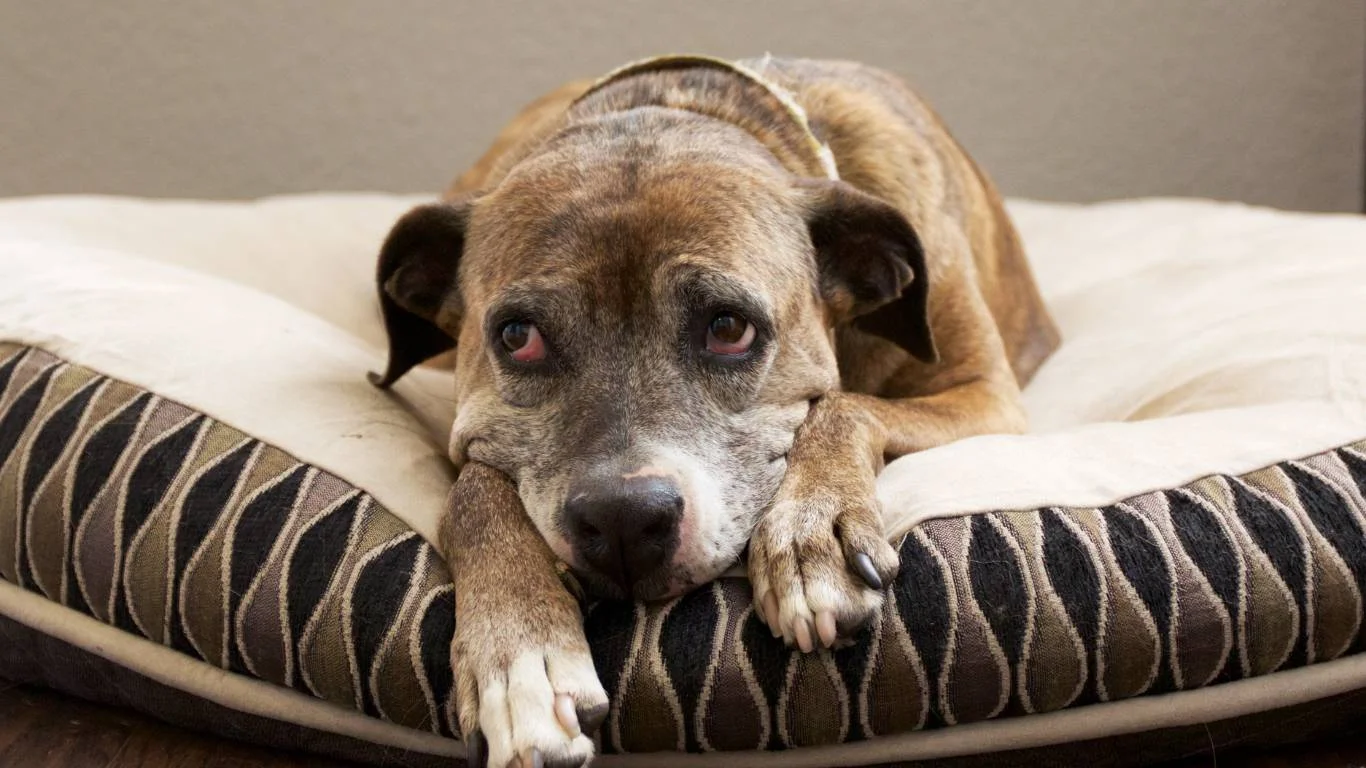
7. Monitor Their Hydration
Keep an eye on how much your dog is drinking over the course of a few days. If they’re still not drinking or showing signs of dehydration (like dry gums, lethargy, or loss of skin elasticity), it’s time to see the vet. It’s always better to be safe and get professional advice when your dog’s health is in question.
When to Seek Professional Help for Your Dog’s Hydration Issues
While many hydration issues can be addressed with simple solutions, there are times when you should absolutely seek help from a veterinarian. If your dog continues to refuse water for more than a couple of days, or if you notice signs of dehydration (such as dry gums, lethargy, or excessive panting), it’s time to consult a professional. I’ve had clients come in worried about their dog’s hydration after they stopped drinking for a day or two, and in some cases, the underlying issues were much more serious than expected.

Serious Underlying Health Conditions
Dehydration can be a symptom of many serious health issues, and sometimes, your dog might be refusing water because of something that requires immediate attention. Some common conditions that can cause a lack of thirst include:
- Kidney Disease – One of the most common causes of decreased water intake is kidney disease. The kidneys help regulate hydration, and when they aren’t functioning properly, dogs often drink less.
- Diabetes – Dogs with diabetes can develop imbalanced blood sugar levels, which often results in increased urination and excessive thirst. A dog with undiagnosed diabetes might refuse water or be reluctant to drink.
- Infections – Bacterial or viral infections, especially in the gastrointestinal tract, can make your dog feel nauseous, reducing their desire to drink.
- Heatstroke – If your dog has been exposed to hot temperatures or excessive exercise, heatstroke can cause severe dehydration and make them reluctant to drink. Heatstroke is an emergency and requires immediate veterinary attention.
These conditions, and others like them, require prompt medical attention. If you suspect that your dog’s refusal to drink water might be due to one of these conditions, don’t wait for things to get worse. Get in touch with your vet right away.
Home Remedies and Tips for Encouraging Your Dog to Drink Water
If your dog’s water refusal is more of a behavioral issue or a temporary problem, there are several things you can try at home to encourage hydration. Here are some tricks I’ve used in my experience working with dogs who aren’t exactly fond of drinking water:
Use Flavored Water or Ice Cubes
If your dog is stubborn about drinking plain water, a simple trick is to add a little flavor. You can either mix a bit of low-sodium chicken or beef broth into their water bowl, or you can freeze the broth in ice cube trays and serve it to your dog as a refreshing treat. Some dogs go wild over flavored water and ice cubes, making it easier to sneak in some extra hydration!
Hydration via Ice Chips
If your dog still isn’t keen on drinking from a bowl, try offering them ice chips. It’s a fun and sometimes more appealing way to get fluids into your dog. Some dogs love chewing on ice cubes, and if you use broth, this becomes a double win in terms of hydration and flavor!
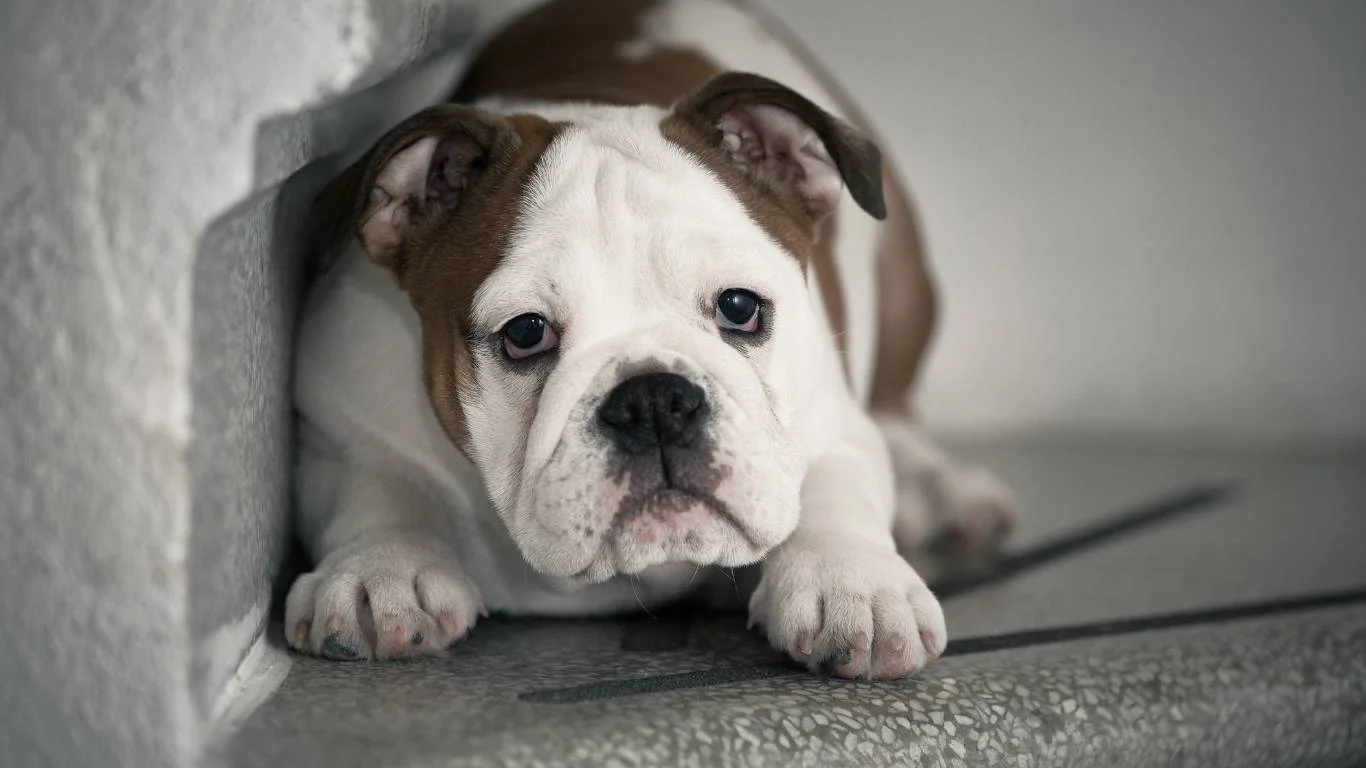
Try Different Drinking Locations
Another method I’ve found helpful is to change where you’re offering the water. Sometimes, a dog’s reluctance to drink water comes from environmental factors. For instance, if they’re used to drinking in a noisy or high-traffic area, it might be too distracting. Try placing their water bowl in a quieter, more peaceful spot. You could even bring it outside on a warm day to see if they drink more when it’s cooler.
Feeding Moisture-Rich Foods
As mentioned earlier, offering wet food can help with hydration, but you can also try adding water to their dry kibble. This simple trick works well because the kibble absorbs the water, making it easier for your dog to ingest some extra fluid along with their meal. Be sure to offer it fresh, though, as dogs are less likely to eat soggy food that’s been sitting around for too long.
Create a Positive Water-Drinking Experience
Sometimes, it’s all about creating a more positive association with water. When your dog drinks, reward them with a treat or give them praise. Positive reinforcement can encourage them to drink more and build a better habit of staying hydrated. If your dog is particularly playful, you could even make drinking fun by using a water fountain, as the sound and motion of the water can be enticing to some dogs.
When You Should Consider a Pet Water Fountain
Speaking of water fountains, these can be a game changer for some dogs. As I’ve worked with various breeds, I’ve seen how certain dogs are simply fascinated by moving water. Water fountains can mimic the flow of a stream or river, which taps into their natural instincts. If your dog seems intrigued by running water but hesitant to drink from a bowl, investing in a pet water fountain might be a good solution.
Not only do these fountains keep the water fresh and clean (as it’s continuously filtered and circulated), but many dogs enjoy the novelty of drinking from them. It’s a low-maintenance way to encourage more drinking, especially for picky or reluctant drinkers.
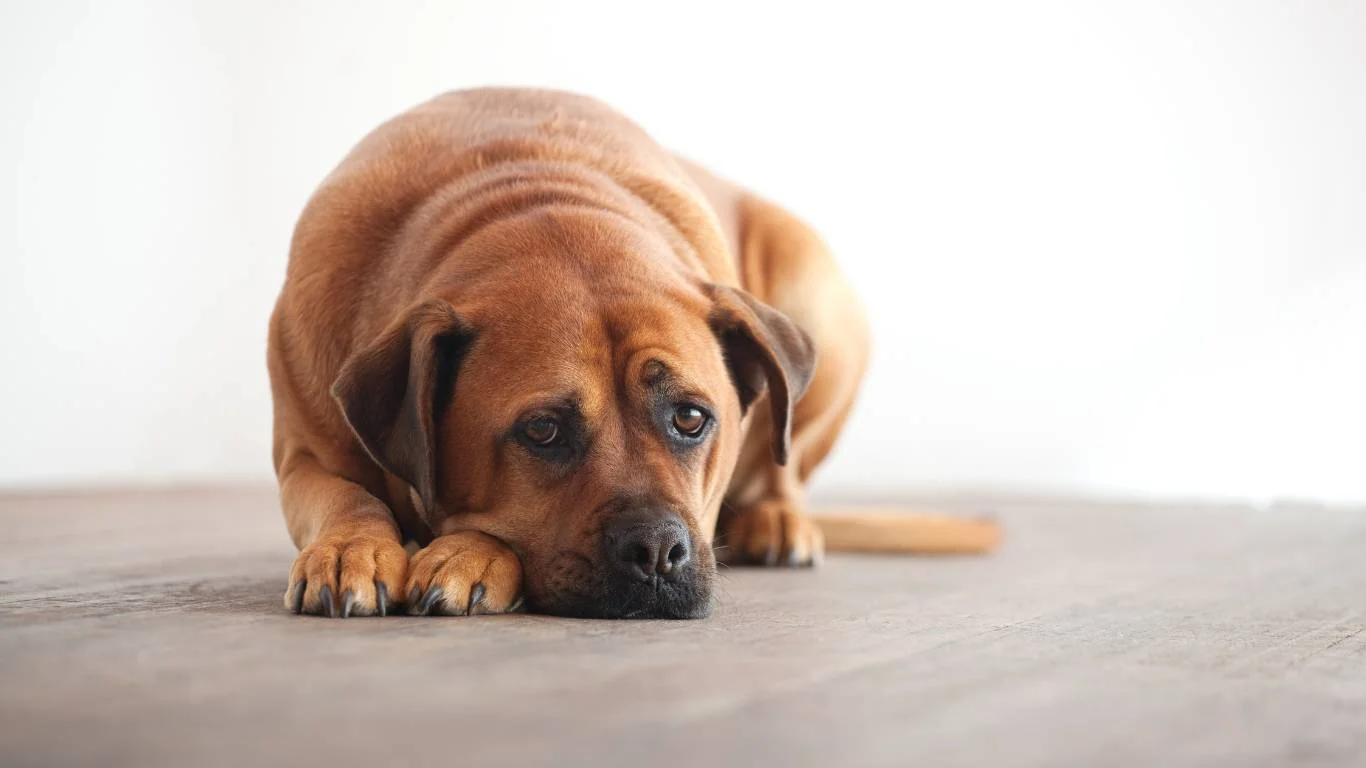
Understanding the Risk of Dehydration in Dogs
As a veterinary assistant, I can’t stress enough how dangerous dehydration can be for dogs. It’s not just about having a drink of water now and then—it’s about maintaining consistent hydration levels to support all the body’s vital functions. Dehydration can lead to organ failure, kidney damage, and other complications if not addressed promptly.
As a pet owner, you have the power to help your dog stay hydrated by keeping an eye on their water intake, offering fresh options, and trying creative solutions to get them to drink. If you notice your dog drinking excessively or not drinking at all, don’t wait—seek advice from a veterinarian to make sure everything’s okay.
Daily Habits to Prevent Water Refusal in Dogs
Now that we’ve covered what to do if your dog refuses water and how to encourage them to drink, let’s shift gears and talk about prevention. Honestly, a lot of the issues I’ve seen in the clinic could’ve been avoided with just a few consistent daily habits. Hydration is just like nutrition—it’s all about routine and consistency.
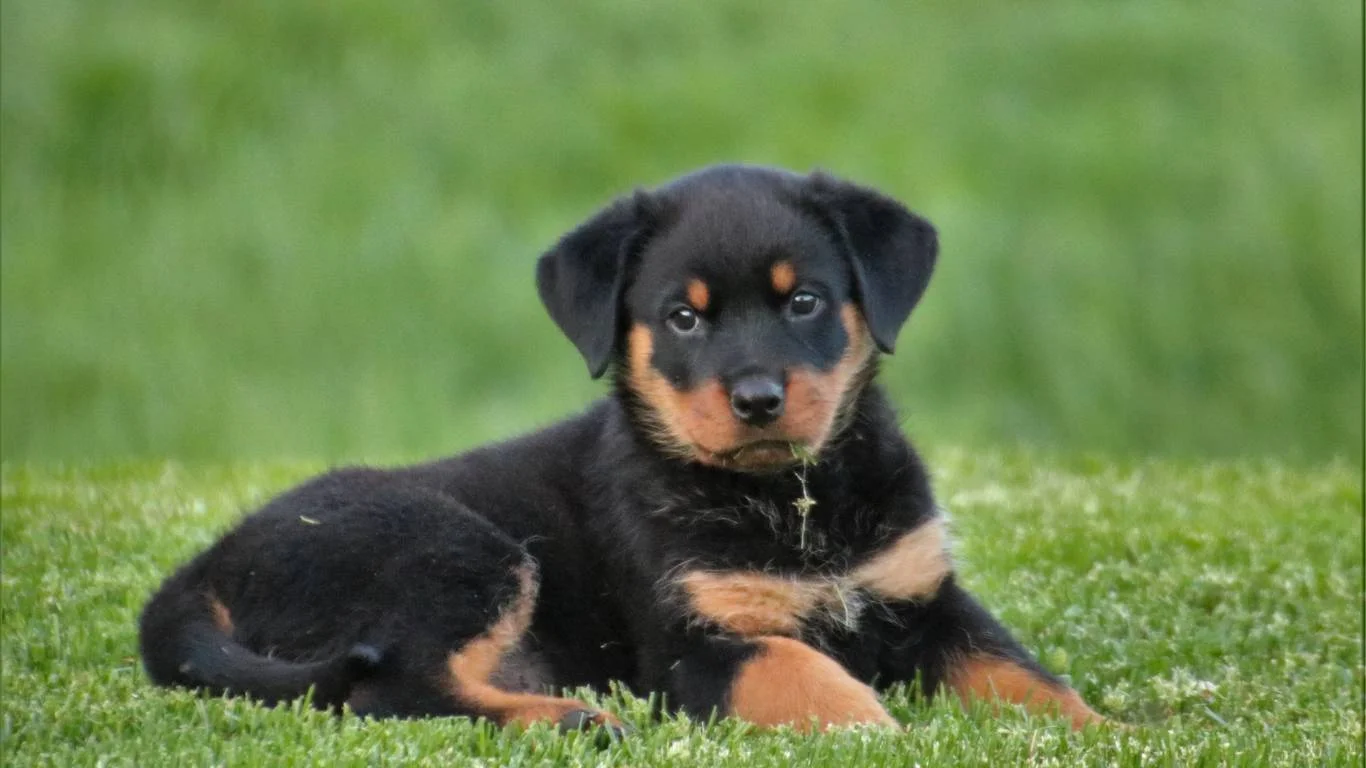
Make Hydration a Routine
Dogs thrive on routine, and water intake is no exception. Try to serve fresh water at the same times each day—just like you would their meals. In my own home, I refill my dogs’ bowls morning and evening like clockwork. I also keep an eye on how much water disappears from the bowl during the day. If it seems untouched, I make adjustments or re-offer a cooler, fresher option.
Keep the Water Bowl Inviting
You wouldn’t want to drink out of a dusty glass sitting around all day, right? Dogs feel the same. Wash their bowls daily—no excuses! A buildup of bacteria or residue can turn them off. I recommend stainless steel or ceramic bowls since they’re easier to clean and don’t retain odors like plastic often does.
Monitor Environmental Factors
Temperature, humidity, and activity levels all affect your dog’s hydration needs. In warmer months, your dog is going to need a lot more water—especially after walks or playtime. And don’t forget indoor heating during winter can be dehydrating too. Adjust water availability with the seasons and your dog’s energy levels.
Be Mindful of Medication Side Effects
Some medications, especially antibiotics, diuretics, or pain relievers, can either increase or decrease thirst. If your pup is on meds and you notice a sudden drop in water intake, check in with your vet. I’ve seen this happen multiple times—owners don’t realize that a medication change might be affecting hydration.
What NOT to Do When Your Dog Refuses Water
Okay, let’s quickly go over some don’ts—because sometimes, even with good intentions, we might make things worse. Based on what I’ve seen in clinic and with my own furry clients, here are a few mistakes to avoid:
- Don’t force water into your dog’s mouth – I’ve had pet parents try to syringe water into their dog’s mouth. It usually backfires. It can stress them out or lead to aspiration, especially in small breeds or older dogs.
- Don’t mask symptoms with too many treats or broths – While flavoring water is a great short-term trick, it’s not a long-term solution. You still want your dog to drink plain water consistently.
- Don’t ignore patterns – If this is a recurring issue, don’t chalk it up to “just being picky.” Dogs don’t skip water for no reason. There’s usually something deeper going on, and it’s worth investigating.
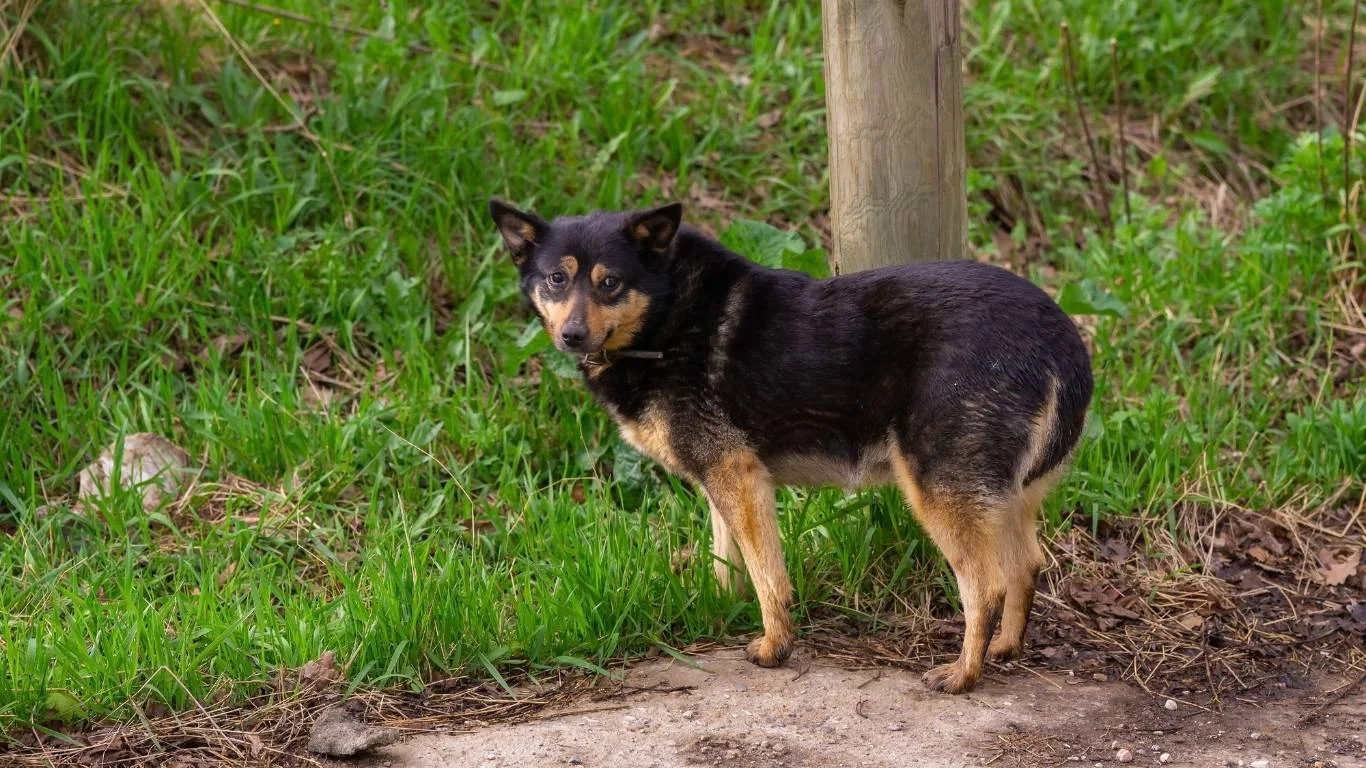
Special Considerations for Puppies, Seniors, and Sick Dogs
Some dogs need even more hydration care than others. Puppies, senior dogs, and those recovering from illness or surgery are more vulnerable to dehydration. I always recommend keeping an extra close eye on these groups:
Puppies
Puppies are little balls of energy and burn through fluids fast. But they’re also more prone to forget to drink when they’re distracted. Always have a bowl nearby during play and after meals. Some pups even respond better to shallow bowls they can easily reach.
Seniors
Older dogs might slow down their drinking due to arthritis pain, reduced smell, or even mild dementia. If they’re having trouble bending to drink, consider an elevated water bowl. I’ve had a few senior patients suddenly start drinking more just from that one simple switch.
Sick or Post-Surgery Dogs
After surgery or during illness, dogs might refuse food and water. In these cases, hydration is especially critical. You may need to encourage small sips, use broths, or even administer fluids subcutaneously under veterinary supervision. Always consult your vet before trying anything invasive.
Hydration and Nutrition Go Hand-in-Hand
One thing I always emphasize—hydration doesn’t live in a bubble. Your dog’s diet plays a huge role in how hydrated they stay. Dry kibble-only diets can increase the risk of dehydration, especially if your dog already drinks less than they should. Adding in wet food, raw food, or even fresh fruit and veggie toppers (like cucumber or watermelon) can help keep their fluid levels up.
If you’re unsure about how your dog’s diet might be affecting their hydration, don’t hesitate to reach out to a certified veterinary nutritionist or your regular vet. Websites like PetMD and AKC are also great resources for pet nutrition advice.
Wrapping It All Up: Be Proactive, Not Reactive
At the end of the day, knowing what to do if your dog refuses water is only part of the story. Preventing it from happening in the first place is just as important. From clean bowls and routine hydration to addressing stress and health changes early, you can make a big difference in your dog’s well-being.
And trust me—I’ve seen how quickly things can turn around when a pet parent makes hydration a priority. Sometimes it’s as simple as switching bowls. Other times it means digging deeper into a medical issue. Either way, you’ve got options, and your furry friend is counting on you to notice when something’s off.
Disclaimer
This article is for informational purposes only and does not substitute professional veterinary advice. Always consult your veterinarian before making changes to your pet’s diet, routine, or medical care. If your dog is showing signs of illness or dehydration, seek veterinary attention promptly.

